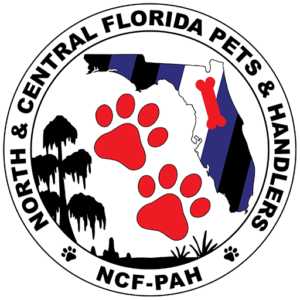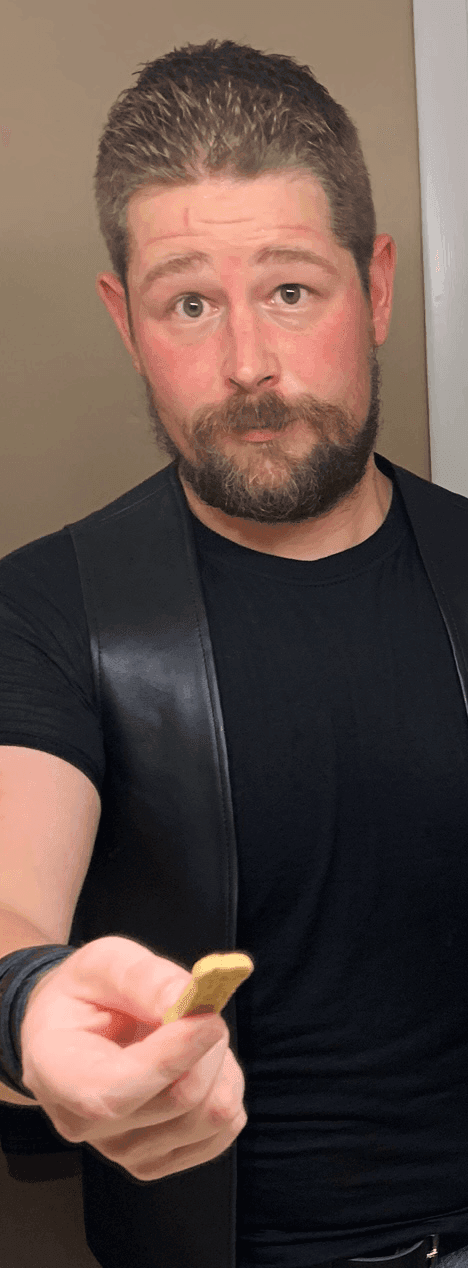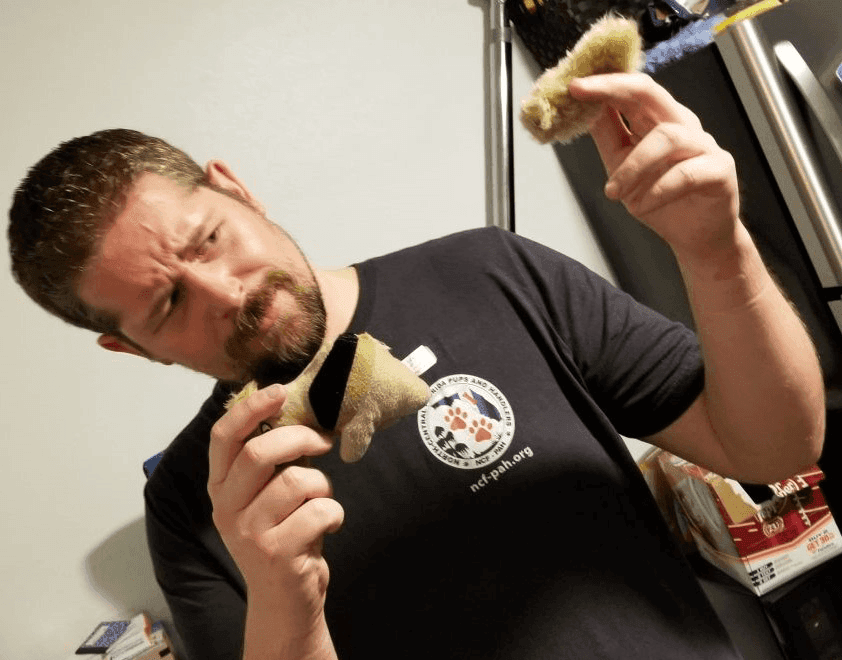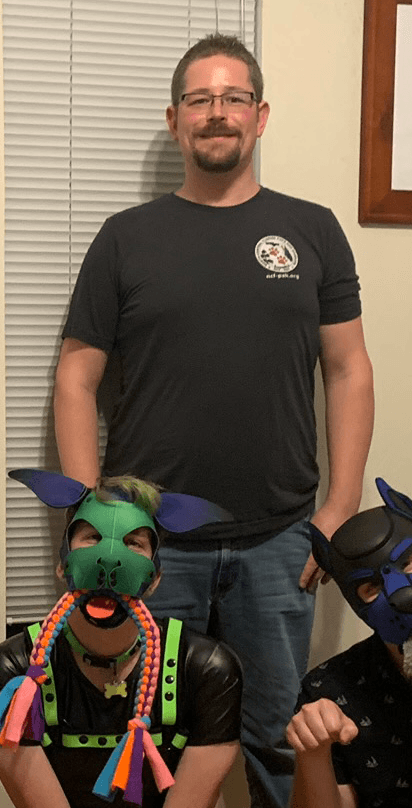What is a Handler?


Putting it simply, Handlers are the hooman who is the caretaker of the pups/pets, keeper of treats, and giver of scritches. In practice it is quite a dynamic role that can be approached many ways, so the definition listed here may not 100% apply to all Handlers or cover all aspects of your relationship.
In the world of kink you can usually boil down roles to Dom, sub, or switch. Handlers are typically a specialized Dominant role, meaning they have authority and control of a scene. As pup/pet play is much more fluid than other kinks as far as protocol (or lack thereof) and “rules”, there is usually a blending of different aspects of other Dominant roles that can come into play. Some Handlers may also be Sirs, Owners, Trainers, Masters, or other Dominant roles in addition to being a Handler in their particular power exchange relationship, so additional rules and items may apply.
Basic Rules Handlers should ALWAYS follow:
- Respect consent. Do not touch a pup/pet, hug, try to force them to do something, or really any interaction without asking explicit consent. To see if a pup/pet wants to interact with you while they’re in headspace, simply hold out your hand, palm up, and offer it for them to sniff. Let them come to you and make the first move and they will indicate what, if anything, is appropriate. Don’t take it personally if they don’t want to interact with you, there may be reasons you aren’t aware of.
- Respect collars. Although part of consent, collars must be mentioned here. A collared pup/pet may be owned by another Handler/Dom, especially if there’s a lock on it. If you’d like to interact with that pup/pet, be sure to get their permission first and let the pup/pet or Dom indicate what is or isn’t allowed. Don’t be disrespectful to their Dom and don’t touch any collars, either – they’re not yours.
- Be upfront. Don’t jump into a power exchange relationship or scene like pup/pet play without first openly discussing with the pup/pet what you both want out of this relationship, what your hard limits are, your availability, and how long this will be in effect. Take their feedback into account and compromise if necessary. If you don’t like something, or if they don’t like something, be sure to respect that – it’s part of consent. If you’re not familiar with SCC, RACK, or PRICK, feel free to ask us questions, we’ll be happy to answer them to the best of our abilities.
- Don’t collect pups just because they’re there. There are more pups/pets than you can count, and there’s more each day it seems. Although some may be pretty, fun, or giving you attention, remember that there’s meaning in any power exchange relationship. The love, care, and attention between everyone needs to exist in sufficient quantities. With pup/pet play, you can also think of it this way – would you go to the animal shelter and seriously take on the responsibility of adopting any cute animal that looks at you or plays with you?
- Stay Safe, Sane, and Consensual. This is pretty self-explanatory, and if you need clarification please reach out to us and we’ll do our best to help.
Handlers typically provide for their pups/pets:
- Care. This includes comfort and care before, during, and after a pup/pet play scene. This can be as little as making sure they drink fluids while in headspace, avoiding allergens if they have allergies (especially treats for food allergies), taking cool-down periods of low/slow activity so they don’t overexert/overheat, providing emotional support after a scene while the pup/pet is coming out of headspace, or even so far as grooming.
- Protection. It is the job of the Handler to assure all scenes and spaces stay Safe, Sane, and Consensual and address the issue and/or stop a scene if necessary. As when playing with a bio-pup or pet, you need to keep an eye out and make sure that they’re okay, too – pups/pets can cut/injure themselves or chip a tooth when playing too hard – and the Handler should direct the scene to avoid this if possible or assure proper care is immediately taken. This even extends to making sure scene space is properly prepared to avoid injury, especially if the pup/pet gets a little rambunctious.
- Headspace. When entering or in a scene, the Handler should treat and address the pup/pet as they would the animal – not as a human posing as an animal. There are limitations, of course, but working around those they should see and treat a pup/pet as a pup/pet, plain and simple. Similarly, at the end of a scene when the pup/pet is coming out of headspace the Handler should provide for them and assure their needs are met while they’re reasserting their hooman selves. Sometimes this is an emotional or sensitive time – be attentive to their needs.
- Interaction. Bio-pups get bored when there’s nothing to do, same with pups/pets! Play with them (be gentle though, you don’t want to tug too hard and break one of their teeth). Give them love, attention, scritches, pets, belly rubs, and treats. You can also train them if you’d like. Let them puddle on you and give them cuddles. Treat time with them as you would a bio-dog (or animal they identify with). Learn their personality and have fun!


The relationship between a Handler and a pup/pet can be extremely rewarding and form an intensely emotional bond, even within an existing relationship. You won’t always do everything right, you will mess up, but use it as a learning experience. For me though, there’s nothing that pulls at my heart and makes me want to be a better person than when my pup cuddles up on me and I feel his stress melt away.
Keep an open mind, good luck, and have fun! If you think I’ve missed anything, please Contact Us and let me know…I appreciate constructive feedback, especially as pup/pet play continues to evolve.
– Handler Chris (Founding Member of NCF-PAH)